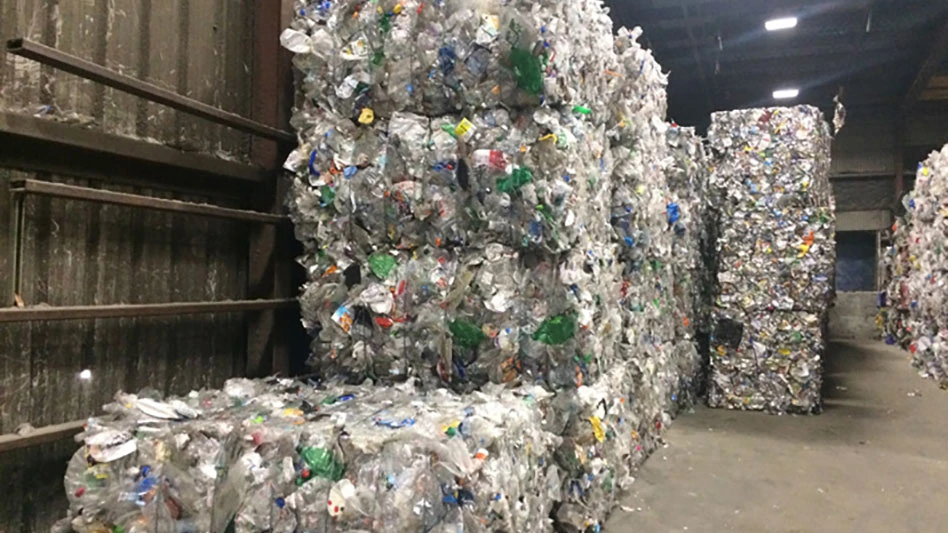
Photo courtesy of Ports of Indiana
The Ports of Indiana agency has broken ground on a project supported by a U.S. Department of Transportation (DOT) Marine Highway grant designed to increase barge shipments of steel coils to and from Jeffersonville, Indiana, and nearby communities.
According to the agency, the $1.3 million project includes construction of a new 1.2-acre storage area and the purchase of a 70,000-pound-capacity forklift truck. Construction is scheduled for completion in May.
Ports of Indiana-Jeffersonville was awarded the Marine Highway grant by the Maritime Administration of the DOT in 2020 to develop a barge shuttle for recycled-content steel producer Nucor Corp. to move steel from Ghent, Kentucky, to companies with access to the Jeffersonville Ohio River port.
The Ghent Nucor mill, known as Nucor Steel Gallatin, can produce more than 3 million tons of hot band steel coils annually.
“The Jeffersonville port is home to a steel campus of metal processors that annually handle more than 2 million tons of steel shipments via rail, truck and barge,” the Port of Indiana says.
Among the other metals production facilities in Ghent is the largest stainless steel mill in the U.S., operated by the North American Stainless business unit of Spain-based Acerinox.
Eric Powell, Ports of Indiana’s director of communications, says the Jeffersonville River port currently does not handle any ferrous scrap shipped to the Nucor Gallatin mill. However, he says the port handles stainless steel scrap, averaging about 60,000 tons per year, and it moves by all modes, including water, rail and truck.
The staging ground has been designed for moving finished and semifinished steel from the Nucor mill and nearby downstream steel service centers operated by Voss Clark and Mill Steel.
“The yard that is under construction is being built for semi-finished and finished [steel] cargo only; its construction isn’t related to any current or future scrap metal logistics,” Powell says.
While scrap currently is not part of the plan, a photo of the project’s location shows scrap metal stockpiles nearby, pointing to the recycling-centric nature of the two large mills in Ghent.
“This project is a ‘win-win-win’ for our customers, the community and our port,” Ports of Indiana CEO Jody Peacock says. “We are pleased to work with Nucor, Voss Clark, Mill Steel and our many industry partners to develop a project that creates significant economic value for port companies as well as environmental and public benefits for the local community.”
The project will allow for more shipments to be transported by barge on the Ohio River, eliminating the need for 2,000 long-haul truck trips annually and more than 130,000 miles of truck driving on regional highways, the agency says. Shuttle trucks will provide short haul moves inside the port, reducing the overall carbon footprint and public impacts of the shipments.
“Given the high level of manufacturing and industrial production taking place in southern Indiana and northern Kentucky, our Jeffersonville port is well-positioned to provide critical logistics connections for delivering raw materials or finished products,” Jeffersonville Port Director George Ott says. “The Marine Highway program highlights the benefits of shipping by river barge and provides critical resources that allow ports to increase the positive contributions barge transportation provides for business and the environment.”
The DOT Marine Highway program provides grants to promote marine transportation on designated marine routes that parallel major highways in order to improve environmental impacts, congestion, highway safety and roadway construction costs related to moving freight.
Latest from Recycling Today
- Study looks at potential impact of chemical recycling on global plastic pollution
- Foreign Pollution Fee Act addresses unfair trade practices of nonmarket economies
- GFL opens new MRF in Edmonton, Alberta
- MTM Critical Metals secures supply agreement with Dynamic Lifecycle Innovations
- McClung-Logan Equipment Co. joins Tana’s authorized dealer network
- Grede to close Alabama foundry
- Plastics Recycling Conference 2025: Working toward their targets
- SWACO rolls out new commercial recycling and food waste programming







